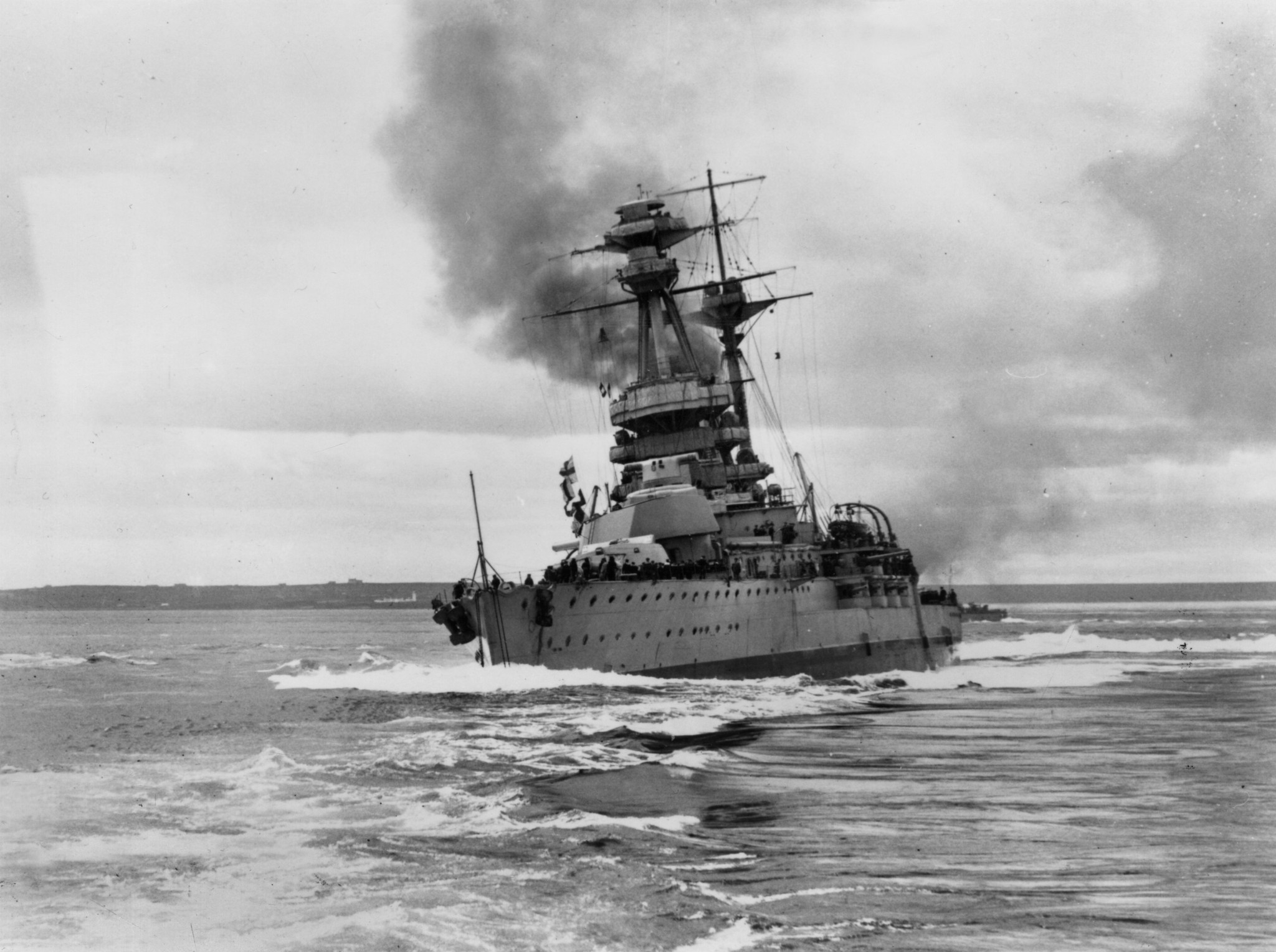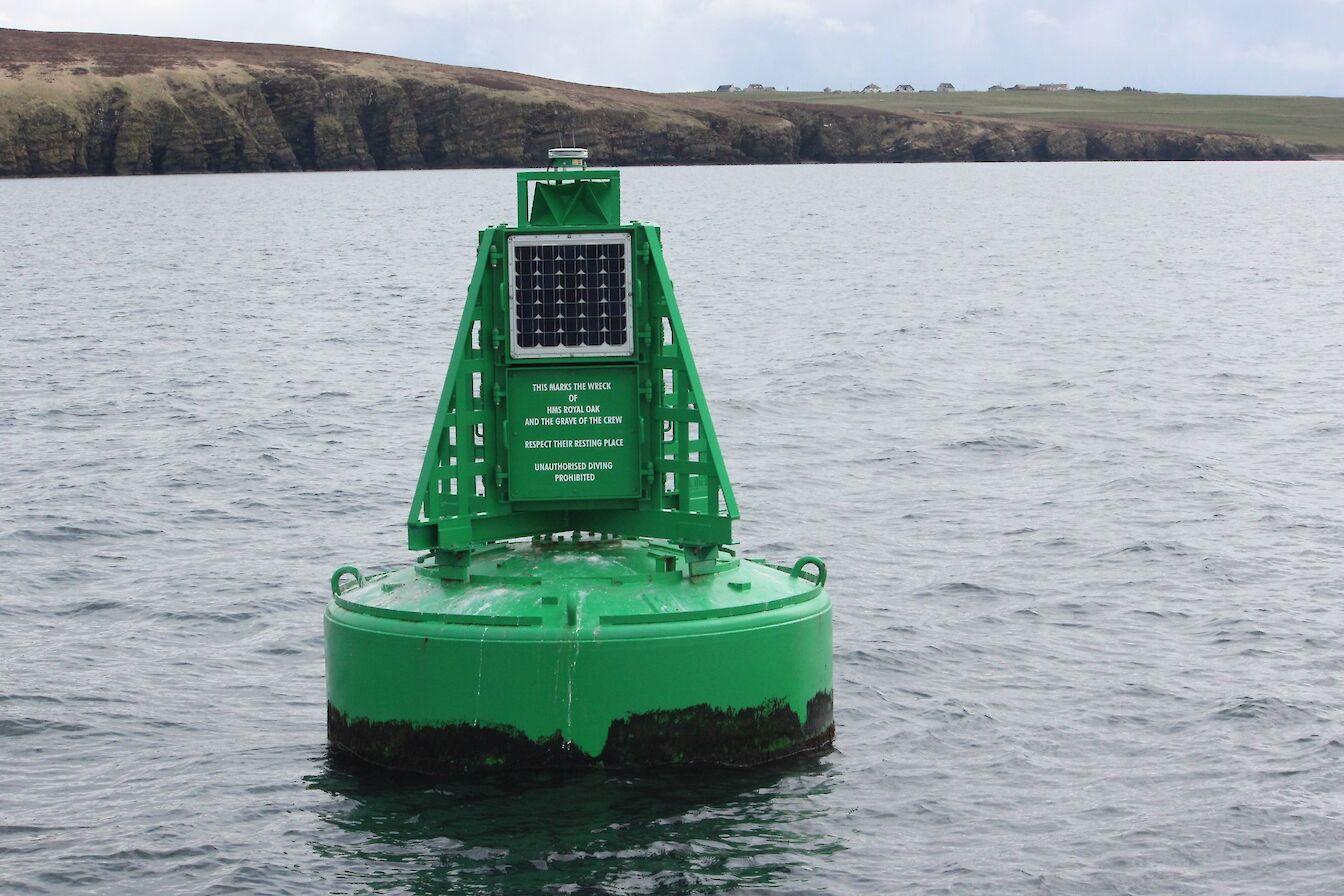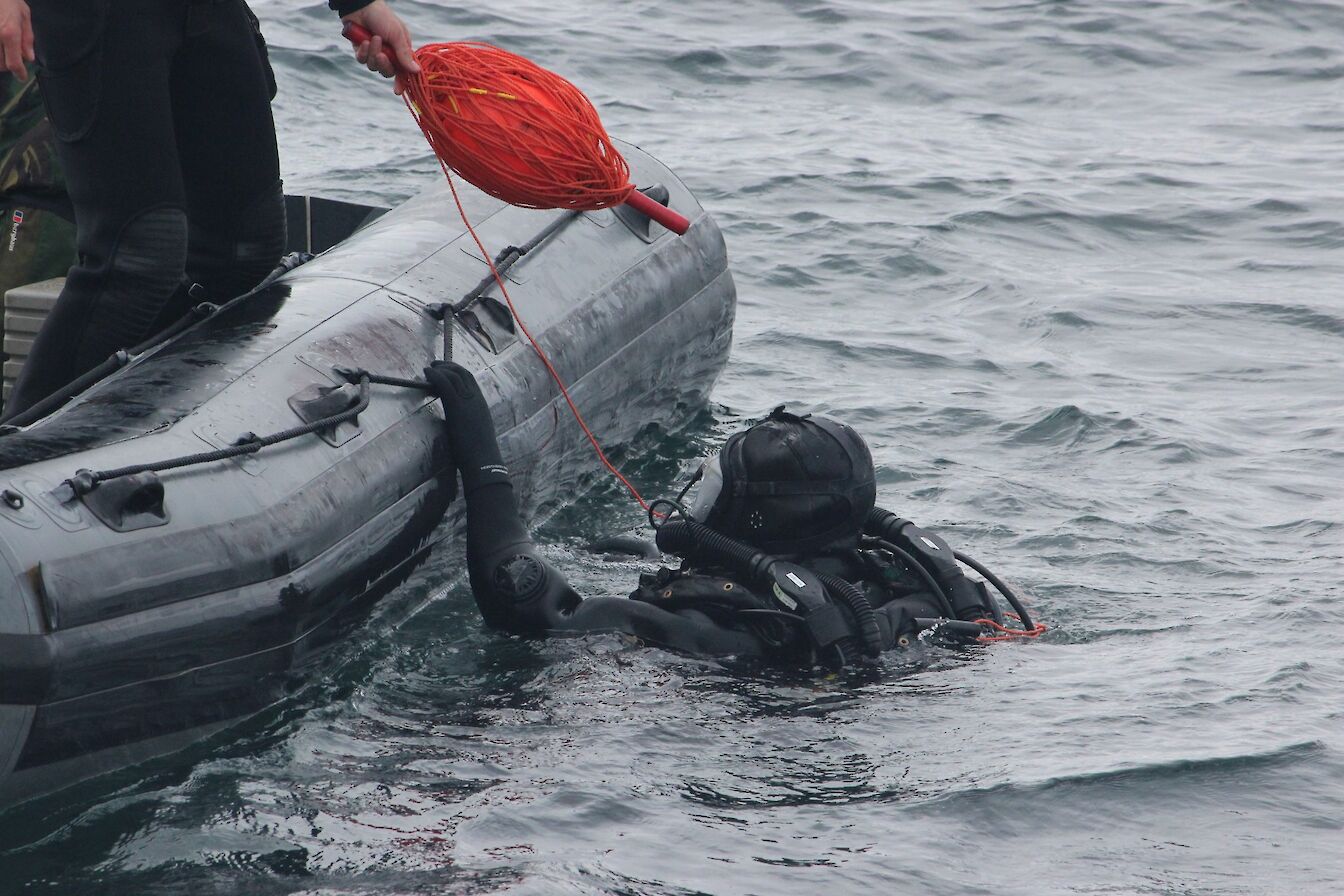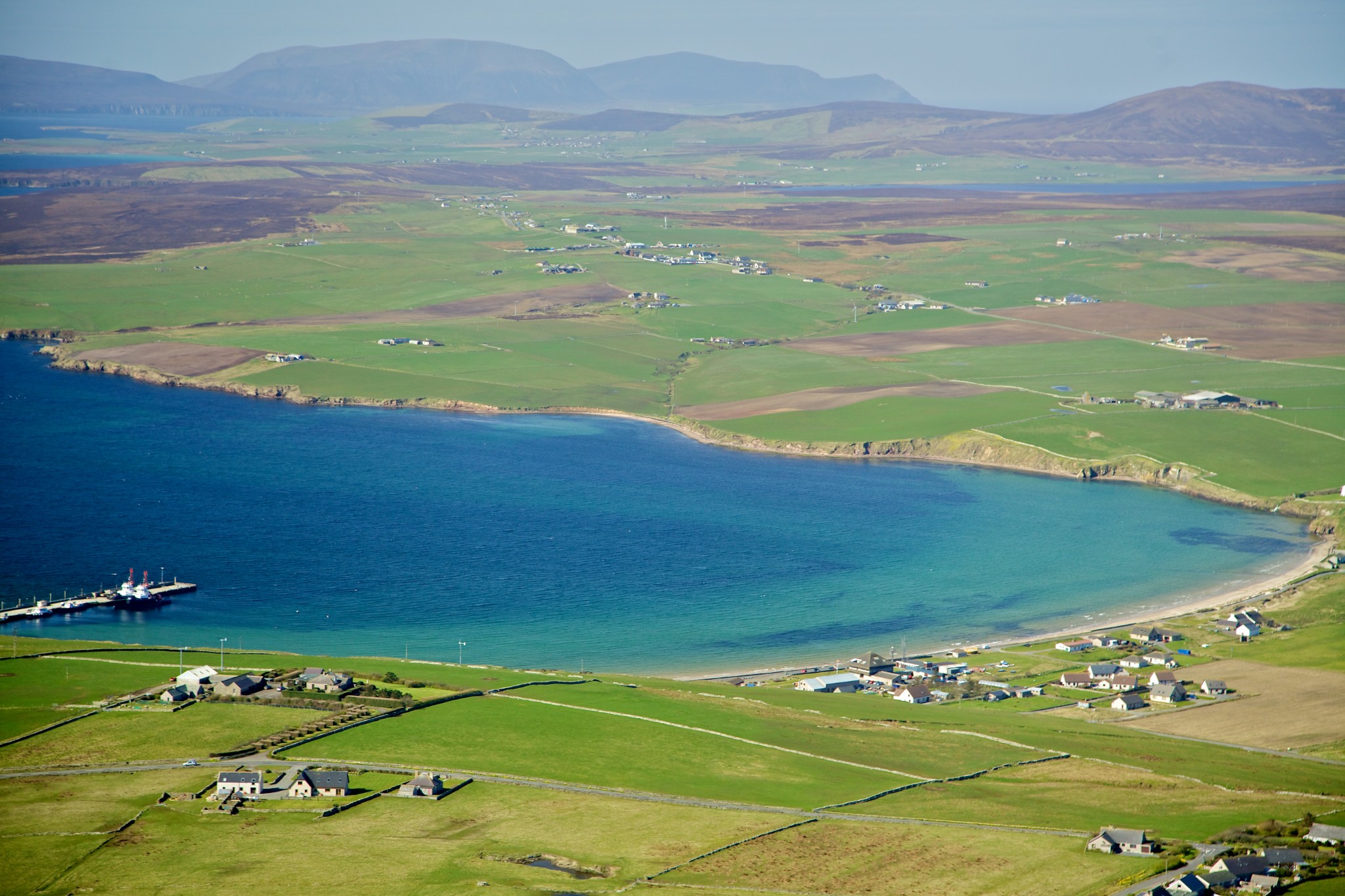Most folk living in Orkney will know the story of HMS Royal Oak. It is a tale, often told to visitors, since the still evident Churchill Barriers and beautiful Italian Chapel are all bound up the tragedy of the lost ship.
HMS Royal Oak was built at the start of WWI and first saw action at the Battle of Jutland. By the Second World War she was aging and no longer fit for front line operations. In October 1939 the 1234 men and boys (there were a lot of boys – officially as young as 15 but some, having lied about their age, as young as 14 – because Royal Oak was a training ship.) found themselves anchored in Scapa Flow, Orkney, close to the shore in Scapa Bay, in order to provide anti-aircraft protection for the radar station at Nether Button on the cliff top nearby.
Having been used as the main British fleet anchorage during WWI Scapa Flow was being called up once more. It is one of the largest, natural harbours in the world and pretty well defended from enemy incursion by the chain of islands surrounding it. There are only two main entrances: at Hoy Sound in the west and South Ronaldsay in the east. Additional protection had been hastily created by sinking block ships (ships no use for any other purpose) in the channels between some of the islands to prevent enemy seaborne attack.
Nevertheless, on the night of 14 October 1939 a German submarine – U47 – managed to squeeze into the Flow through the narrow channel between Orkney Mainland and the tiny island of Lamb Holm.
The U47 fired a total of six torpedoes which sank Royal Oak, very quickly, in the early hours, when many of the crew were asleep. A total of 833 crew members were killed, many going down with the ship. Of the 400 survivors a lot were rescued by the crew of Daisy II which had been moored alongside. Skipper of Daisy II – John Gatt – was awarded DSC for his heroic and timely actions in the dark that night.
The people of Orkney have never forgotten HMS Royal Oak. She lies, almost upside down in 100 feet of water but the bottom of her keel is only around 16 feet below the surface. She is out of sight but not out of mind. A green buoy, clearly visible from shore, marks the spot. At night it shows a green light. I always look for it when I’m in that corner of Orkney and I know a lot of other folk do too. The wreck is an official war grave. Unauthorised diving is prohibited but the Royal Navy Diving Group visit every year and replace a Royal Navy white ensign on the wreck.
Earlier this year Peter (not his real name) brought his family to Orkney to go out on a local boat to view the buoy at close hand. Peter had been just two years old when his father was lost on the ship and had never met him. He took with him to the wreck a poppy and a small handful of stones from his mother’s grave. We passed close by the buoy before skipper Norman Brass took the boat directly over the wreck, where Peter cast the poppy and stones into the water during a moment of silence. “This is as close as I have ever been to my father” he said, Peter is 85 years old.
It was not a tearful or sombre occasion. On a sunny day we spotted gannets on the way back and looked around at the Orkney landmarks. The children enjoyed their sandwiches in the cabin and we joked about school. Peter made a connection with his father’s memory in the only way that was left open to him. The poppy and the stones had no meaning in themselves but the fact of Peter being there, and of casting them onto the water, was full of significance which has given him closure after such a long time.
We ferried the family back to the Stromness pier to dash off and catch their flight to the south. They have left Peter’s father, and his ship mates, once more in the care of the Orkney people. Perpetual care for this honoured grave is a responsibility Orcadians take very seriously. The men and boys of Royal Oak became part of the Orkney family in 1939 and they will always remain part of us.
The folk who look out from shore, every night, at the green light on the buoy, will pass on the story to their children.
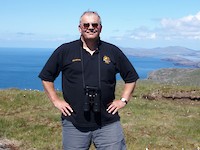 Richard writes regularly for Scottish Islands Explorer. His first book: 'Scotland’s Islands – A Special Kind of Freedom' was published in 2014. 'Orkney – A Special Place' appeared in 2017, with 'Orkney - A Special Way of Life' arriving in 2021. The books are published by Luath Press, Edinburgh
Richard writes regularly for Scottish Islands Explorer. His first book: 'Scotland’s Islands – A Special Kind of Freedom' was published in 2014. 'Orkney – A Special Place' appeared in 2017, with 'Orkney - A Special Way of Life' arriving in 2021. The books are published by Luath Press, Edinburgh
